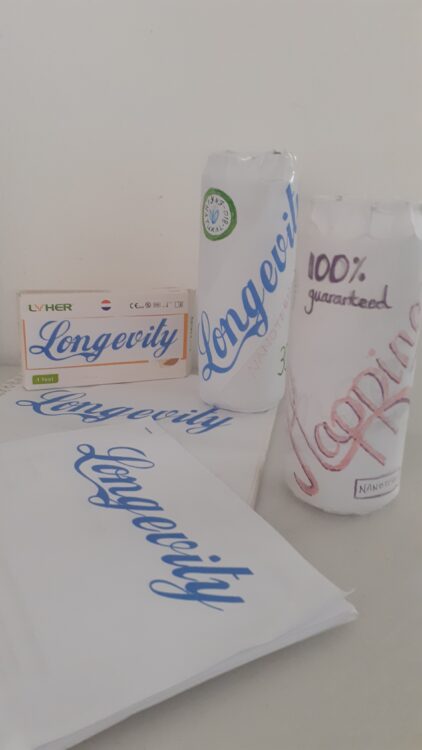
On 28 October, Steward.exe released blockroots.tar, the first of a series of tracks and albums from a project that was born from the meeting between Italian composer Luca Severino and myself, Jonny Hankins. As regular readers will know, Steward.exe aims to be a synthesis of sound research and ethical reflection in the age of artificial intelligence. The project emerged in 2025 as a natural evolution of our multidisciplinary collaboration through the Giannino Bassetti Foundation, partner of this blog.
Listen to the track on your platform of choice here.
Steward.exe debuted at the N.I.N.A. Festival in Milan in 2025 with a performance integrating AI-generated compositions, live acoustic elements, and featuring performance artist Lisa Mos as a robot that is learning (through AI) to appreciate music and dance. Further shows followed, in addition to live DJ sets in club settings. The project goes beyond simple technological experimentation to become an artistic manifesto on the creative and ethical dilemmas of the digital age. Through the fusion of generative algorithms and human sensitivity, Steward.exe questions the future of art and redefines the boundaries between creator and creation, positioning itself as a pioneer of a new form of poiesis-intensive, philosophically informed electronic music. We continue to develop the concept through songs, articles, performances, and dialogues, establishing Steward.exe as a benchmark for responsible innovation in the contemporary electronic music scene.
About Luca
Luca Severino brings over a decade of experience in the international club scene to the project, with releases since 2009 on prestigious labels such as Defected and Snatch!. His transition to media composition in 2015 have seen him contribute to Netflix productions such as “Emily in Paris” and RAI productions, his most recent soundtracks including “De Occulta Imagine” by Stefano P. Testa and “René Va Alla Guerra,” the latter of which won an award at the 81st Venice Biennale. With numerous albums of music for images for international publishers, Severino has established himself as a sound architect capable of blending strong melodic elements, electronics, and innovative sound design.
And you know me.
